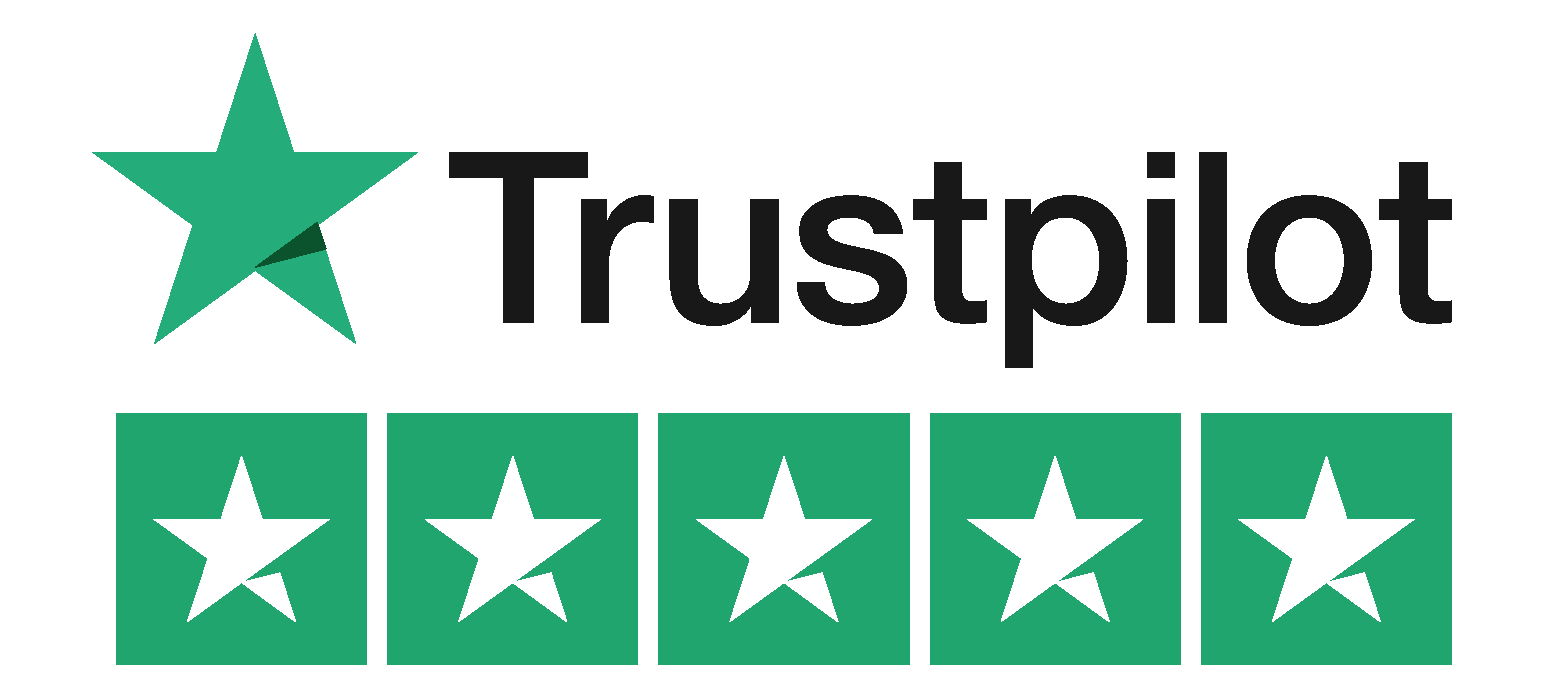Patent FAQ's
What can be patented – utility patents are provided for a new, nonobvious and useful:
Process
Machine
Article of manufacture
Composition of matter
Improvement of any of the above
Note: In addition to utility patents, encompassing one of the categories above, patent protection is available for (1) ornamental design of an article of manufacture or (2) asexually reproduced plant varieties by design and plant patents.
What cannot be patented:
Laws of nature
Physical phenomena
Abstract ideas
Literary, dramatic, musical, and artistic works (these can be Copyright protected). Go to the Copyright Office .
Inventions which are:
Not useful (such as perpetual motion machines); or
Offensive to public morality
Invention must also be:
Novel
Nonobvious
Adequately described or enabled (for one of ordinary skill in the art to make and use the invention)
Claimed by the inventor in clear and definite terms
A patent owner has the right to decide who may – or may not – use the patented invention for the period in which the invention is protected. Patent protection means that the invention cannot be commercially made, used, distributed, imported, or sold by others without the patent owner’s consent.
While the timeline to receive a notice of allowance varies, on average it takes between 22 to 30 months.
While the timeline to receive a notice of allowance varies, on average it takes between 22 to 30 months.
Patents are territorial rights. In general, the exclusive rights are only applicable in the country or region in which a patent has been filed and granted, in accordance with the law of that country or region.
Patent rights are usually enforced in a court on the initiative of the right owner. In most systems, a court of law has the authority to stop patent infringement. However, the main responsibility for monitoring, identifying, and taking action against infringers of a patent lies with the patent owner.
Patented inventions have, in fact, pervaded every aspect of human life, from electric lighting (patents held by Edison and Swan) and plastic (patents held by Baekeland), to ballpoint pens (patents held by Biro), and microprocessors (patents held by Intel, for example).
Patents provide incentives to and protection for individuals by offering them recognition for their creativity and the possibility of material reward for their inventions. At the same time, the obligatory publication of patents and patent applications facilitates the mutually-beneficial spread of new knowledge and accelerates innovation activities by, for example, avoiding the necessity to “re-invent the wheel”.
Once knowledge is publicly available, by its nature, it can be used simultaneously by an unlimited number of persons. While this is, without doubt, perfectly acceptable for public information, it causes a dilemma for the commercialization of technical knowledge. In the absence of protection of such knowledge, “free-riders” could easily use technical knowledge embedded in inventions without any recognition of the creativity of the inventor or contribution to the investments made by the inventor. As a consequence, inventors would naturally be discouraged to bring new inventions to the market, and tend to keep their commercially valuable inventions secret. A patent system intends to correct such under-provision of innovative activities by providing innovators with limited exclusive rights, thereby giving the innovators the possibility to receive appropriate returns on their innovative activities.
In a wider sense, the public disclosure of the technical knowledge in the patent, and the exclusive right granted by the patent, provide incentives for competitors to search for alternative solutions and to “invent around” the first invention. These incentives and the dissemination of knowledge about new inventions encourage further innovation, which assures that the quality of human life and the well-being of society is continuously enhanced.
A provisional patent application is a legal document filed in the United States Patent and Trademark Office (USPTO), that establishes an early filing date, but does not mature into an issued patent unless the applicant files a regular non-provisional patent application within one year. There is no such thing as a “provisional patent”.[1] A provisional application includes a specification, i.e. a description, and drawing(s) of an invention (drawings are required where necessary for the understanding of the subject matter sought to be patented[2]), but does not require formal patent claims, inventors’ oaths or declarations, or any information disclosure statement (IDS).
Trademark FAQ's
A trademark is a sign capable of distinguishing the goods or services of one enterprise from those of other enterprises. Trademarks are protected by intellectual property rights.
At the national/regional level, trademark protection can be obtained through registration, by filing an application for registration with the national/regional trademark office and paying the required fees. At the international level, you can file a trademark application with the trademark office of each country in which you are seeking protection, or you can use WIPO’s Madrid System.
In principle, a trademark registration will confer an exclusive right to the use of the registered trademark. This implies that the trademark can be exclusively used by its owner, or licensed to another party for use in return for payment. Registration provides legal certainty and reinforces the position of the right holder, for example, in case of litigation.
A word or a combination of words, letters, and numerals can perfectly constitute a trademark. But trademarks may also consist of drawings, symbols, three-dimensional features such as the shape and packaging of goods, non-visible signs such as sounds or fragrances, or color shades used as distinguishing features – the possibilities are almost limitless.
Copyright FAQ's
Copyright (or author’s right) is a legal term used to describe the rights that creators have over their literary and artistic works. Works covered by copyright range from books, music, paintings, sculpture, and films, to computer programs, databases, advertisements, maps, and technical drawings.
Exhaustive lists of works covered by copyright are usually not to be found in legislation. Nonetheless, broadly speaking, works commonly protected by copyright throughout the world include:
- literary works such as novels, poems, plays, reference works, newspaper articles;
- computer programs, databases;
- films, musical compositions, and choreography;
- artistic works such as paintings, drawings, photographs, and sculpture;
- architecture; and
- advertisements, maps, and technical drawings.
Copyright protection extends only to expressions, and not to ideas, procedures, methods of operation or mathematical concepts as such. Copyright may or may not be available for a number of objects such as titles, slogans, or logos, depending on whether they contain sufficient authorship.
There are two types of rights under copyright:
- economic rights, which allow the rights owner to derive financial reward from the use of his works by others; and
- moral rights, which protect the non-economic interests of the author.
Most copyright laws state that the rights owner has the economic right to authorize or prevent certain uses in relation to a work or, in some cases, to receive remuneration for the use of his work. The economic rights owner of a work can prohibit or authorize:
- its reproduction in various forms, such as printed publication or sound recording;
- its public performance, such as in a play or musical work;
- its recording, for example, in the form of compact discs or DVDs;
- its broadcasting, by radio, cable or satellite;
- its translation into other languages; and
- its adaptation, such as a novel into a film screenplay.
Examples of widely recognized moral rights include the right to claim authorship of a work and the right to oppose changes to a work that could harm the creator’s reputation.
U.S. law defines trade secrets as any form of business, economic, financial, engineering, scientific, or technical information the rightful owner keeps secret through reasonable and sustainable measures. Click here for trade secret examples.


